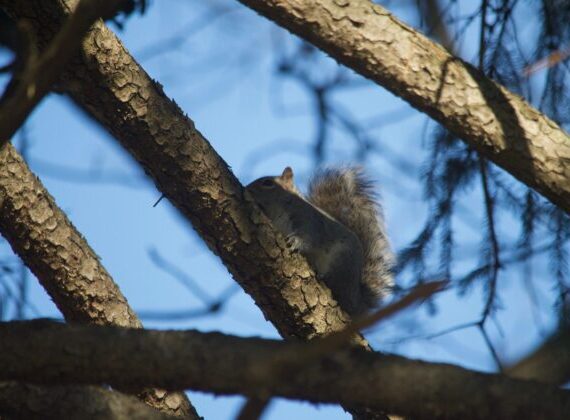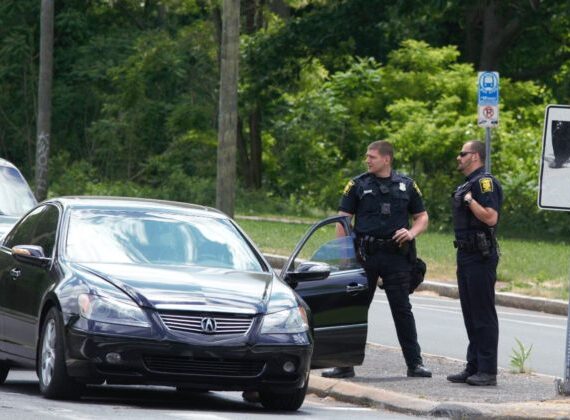
What is propaganda when it does not look or feel like propaganda, and when it definitely does not stick to the script?

 Jack Delano was one of the Artist Photographers handpicked for the Farm Security Administration, a New Deal agency. While FSA clients — farmers — received loans and resettlement opportunities, the photographers were tasked with essentially documenting where that money was going and why it needed to be spent. The publicity photos focusing on rural America ran in newspapers at the time; at the time, they were conceived as public domain photos.
Jack Delano was one of the Artist Photographers handpicked for the Farm Security Administration, a New Deal agency. While FSA clients — farmers — received loans and resettlement opportunities, the photographers were tasked with essentially documenting where that money was going and why it needed to be spent. The publicity photos focusing on rural America ran in newspapers at the time; at the time, they were conceived as public domain photos.
Later, FSA photographers would be reassigned to the Office of War Information, depicting the World War II mobilization.
Roy Stryker, who served as manager of the FSA Information Division, prepared shooting scripts for the photographers. Jack Delano treated the scripts as “only suggestion,” said his son and the exhibit’s co-curator, Pablo Delano. Other photographers, he said, felt these instructions were literal and constraining.

Last week in Trinity College’s Widener Gallery, Jack Delano Photographer: A Centennial Celebration Exhibition (1914-1997) opened, despite the snow storm that shut down much of Connecticut the previous day.
The 42 pieces on display include subjects in Puerto Rico, Vermont, Georgia, Alabama, North Carolina, Illinois, Pennsylvania, and Connecticut. All photographs were taken in the 1940’s.
The Connecticut photos show tobacco and poultry farmers, a Quaker’s Thanksgiving, and Stonington. His works depicting the American South are bleaker.

Jack Delano’s photography will be on display through March 14, 2014 in Widener Gallery. The gallery, inside of Austin Arts Center, is open from 1-6pm, closed on Saturdays.

In conjunction with this exhibit, the Latin American & Iberian Film Festival and Hispanic Studies Program will be co-sponsoring a free screening of Autógrafo: Jack Delano, 1959 and Los Peloteros, 1951. The first is a short bio of Delano; the latter is a feature film that is directed by him and includes original music that he composed. These will be shown at 7pm on March 5, 2014 in the Boyer Auditorium of the Life Sciences Center at Trinity College. This is free and open to the public.


